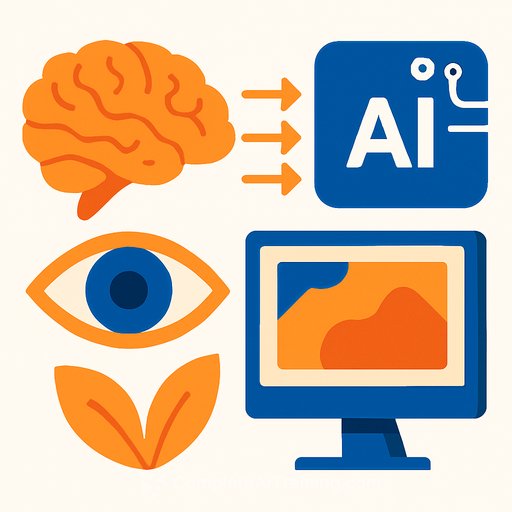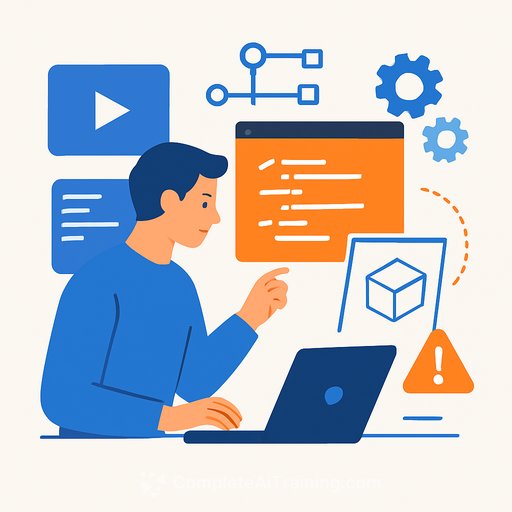Efficient, lightweight computer vision models for innovative applications
Monday 18th of August 2025
Reading time: 3 min
Computer vision is expanding beyond facial recognition to support a growing variety of tasks. Advances in AI are enabling lightweight, reliable models that can operate effectively in real-world conditions. Researchers are drawing inspiration from the human brain to create more efficient Convolutional Neural Networks (CNNs), aiming to reduce computational demands while improving accuracy.
One example comes from Posha, a US start-up developing a counter-top culinary robot. This machine uses computer vision to identify details like vegetable cuts and meat doneness, helping it adjust cooking steps such as adding ingredients or changing temperatures. While this technology may not overhaul cooking at home, it highlights how image and video interpretation is becoming more accessible, and emphasizes the push for AI models that run well on limited hardware.
Currently, many computer vision models require significant processing power, limiting their use in robotics and edge devices. This challenge has motivated research into solutions that maintain reliability with less computational overhead. Such improvements are critical for sectors like agriculture, healthcare, robotics, and automotive, where processing resources can be limited and data quality varies.
Inspired by the human brain
A recent breakthrough comes from a team at the Institute for Basic Science (IBS), Yonsei University, and the Max Planck Institute. They created an AI technique called Lp-Convolution, which boosts the precision of computer vision systems while cutting processing needs.
The new method takes cues from the brain’s visual cortex, which selectively focuses on specific details rather than processing all information uniformly. Traditional CNNs use fixed-size, square filters to scan images for key features. This new approach allows AI models to adapt filter shapes and sizes dynamically, stretching them horizontally or vertically based on the task—just like the brain does.
Tests show that Lp-Convolution improves interpretation accuracy and handles corrupted data better than previous methods, addressing a common challenge in computer vision.
Agriculture and biodiversity
Computer vision is gaining traction in agriculture and environmental monitoring. French start-up Morfo uses it for remote sensing and reforestation, analyzing vegetation coverage and health. In greenhouses, companies like Tel Aviv-based Fermata combine computer vision with AI to detect crop diseases and pests early, reducing labor and crop losses.
However, training computer vision models for these applications often demands extensive human-annotated data and resources. To tackle this, researchers at the University of Illinois developed a machine learning system that trains itself to distinguish flowering and non-flowering grasses from aerial images with minimal human input.
The system leverages an ESGAN (Efficiently Supervised Generative and Adversarial Network) architecture, where competing models train each other. This reduces the need for manually labeled data and makes it easier to adapt AI models for specific agricultural traits. The approach shows promise for broader use in crop monitoring and other sectors.
For those interested in expanding their skills in AI and computer vision, Complete AI Training offers a range of courses tailored for developers and IT professionals.
Your membership also unlocks:






